Field Notes: Fruits of Fall
October 13, 2020 3:08 pm

By Ellen Powell, DOF Conservation Education Coordinator
With the autumn foliage season getting underway, it’s easy to miss a key feature of Virginia’s fall landscape: fruits.
First, a disclaimer: Don’t eat wild fruits unless you can identify them positively and know they are safe. Many can be eaten by wildlife, but are toxic or even deadly to humans.
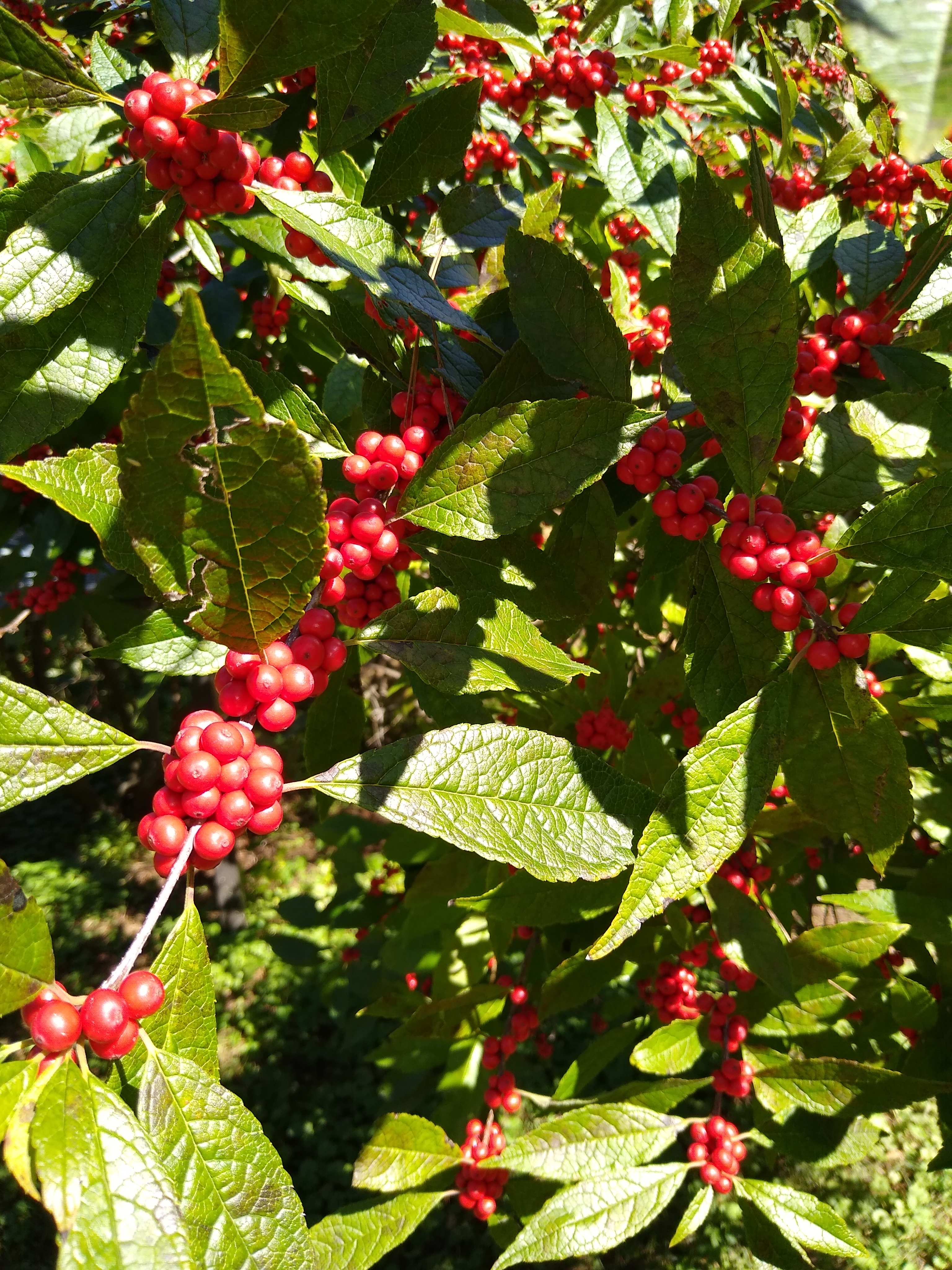
In wildlife circles, fleshy or squishy fruit eaten by critters is known collectively as soft mast. Nuts and seeds are called hard mast, for obvious reasons. Both are good sources of nutrition for birds and mammals alike. Any hunter can tell you the value of hard mast for game species, but that’s a topic for another time. Soft mast is available to almost all omnivorous and herbivorous species. Songbirds, gamebirds, squirrels, foxes, raccoons, opossums, rodents, deer and bears take advantage of soft mast this time of year.
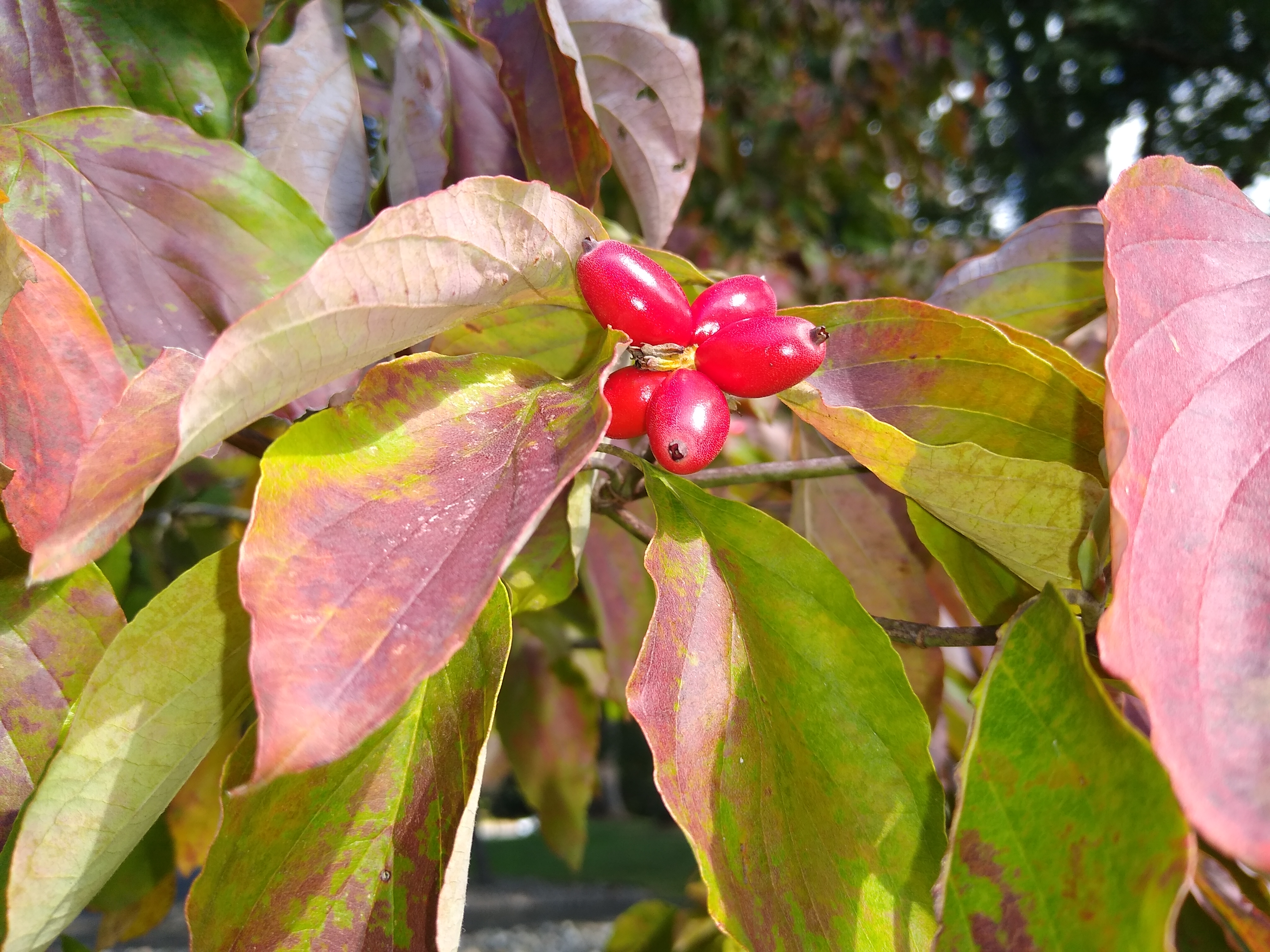
Some of the plants that turn red early in fall do so in part to draw the attention of birds. Sumac, sassafras, Virginia creeper, dogwood, black gum and even poison ivy exhibit this foliar flagging strategy. Flashing red among the green leaves of early fall is a beacon to birds – a way for plants to get their fruits noticed, eaten and spread. In many cases, these fruits have a relatively high fat content, making them especially desirable for migrating songbirds.
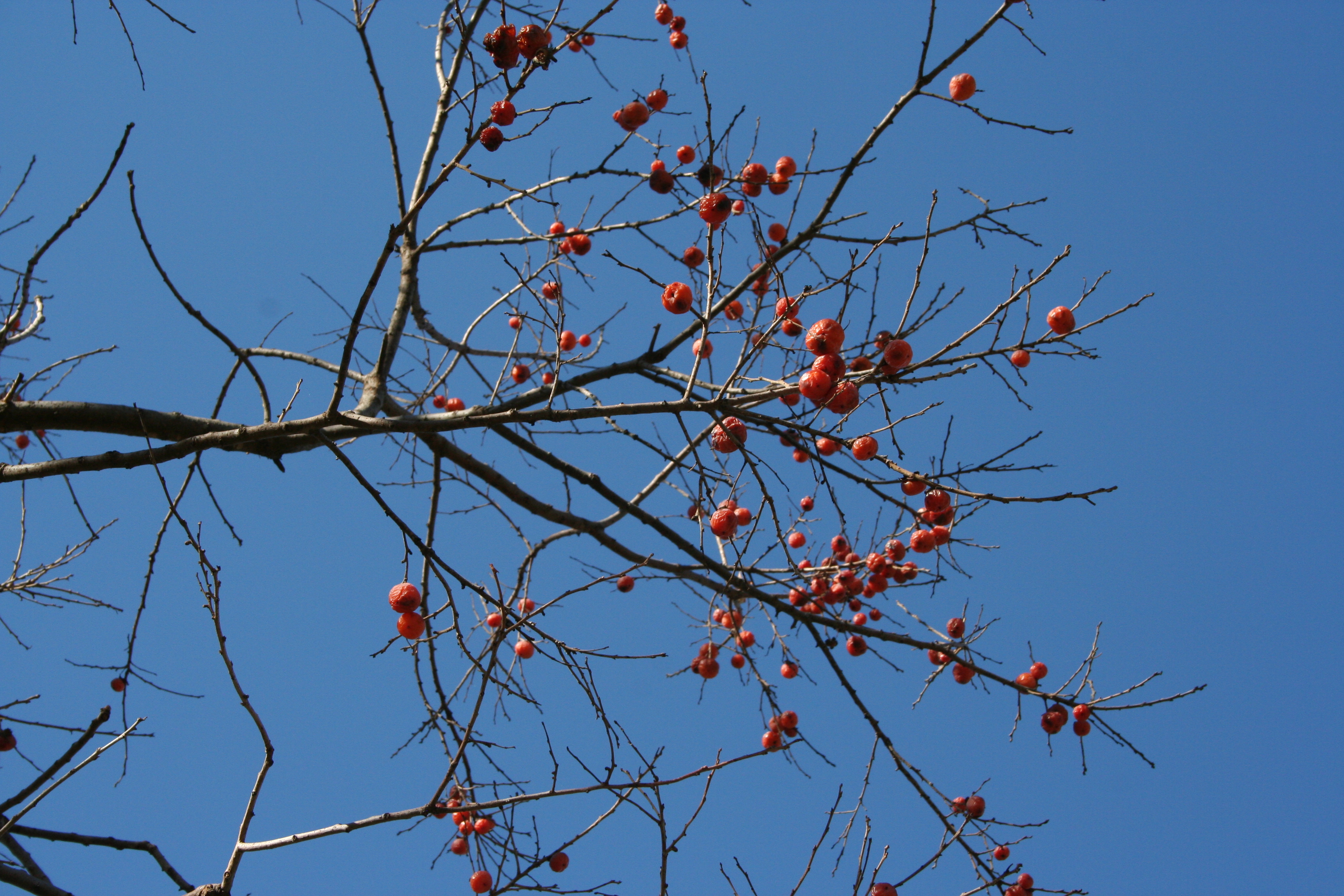
In contrast, some fall fruits hang around for a good while. Ripening persimmons (Diospyros virginiana) can be seen on trees in late summer, but anyone who’s had their mouth turned inside out by a green one knows that it pays to wait for them to turn orange and soft. By late October, these astringent fruits become sticky-sweet, with an almost jam-like consistency. Other fruits that may taste better to wildlife after a few cycles of freezing and thawing include hollies, hackberries, chokeberries, crabapples and some viburnums.
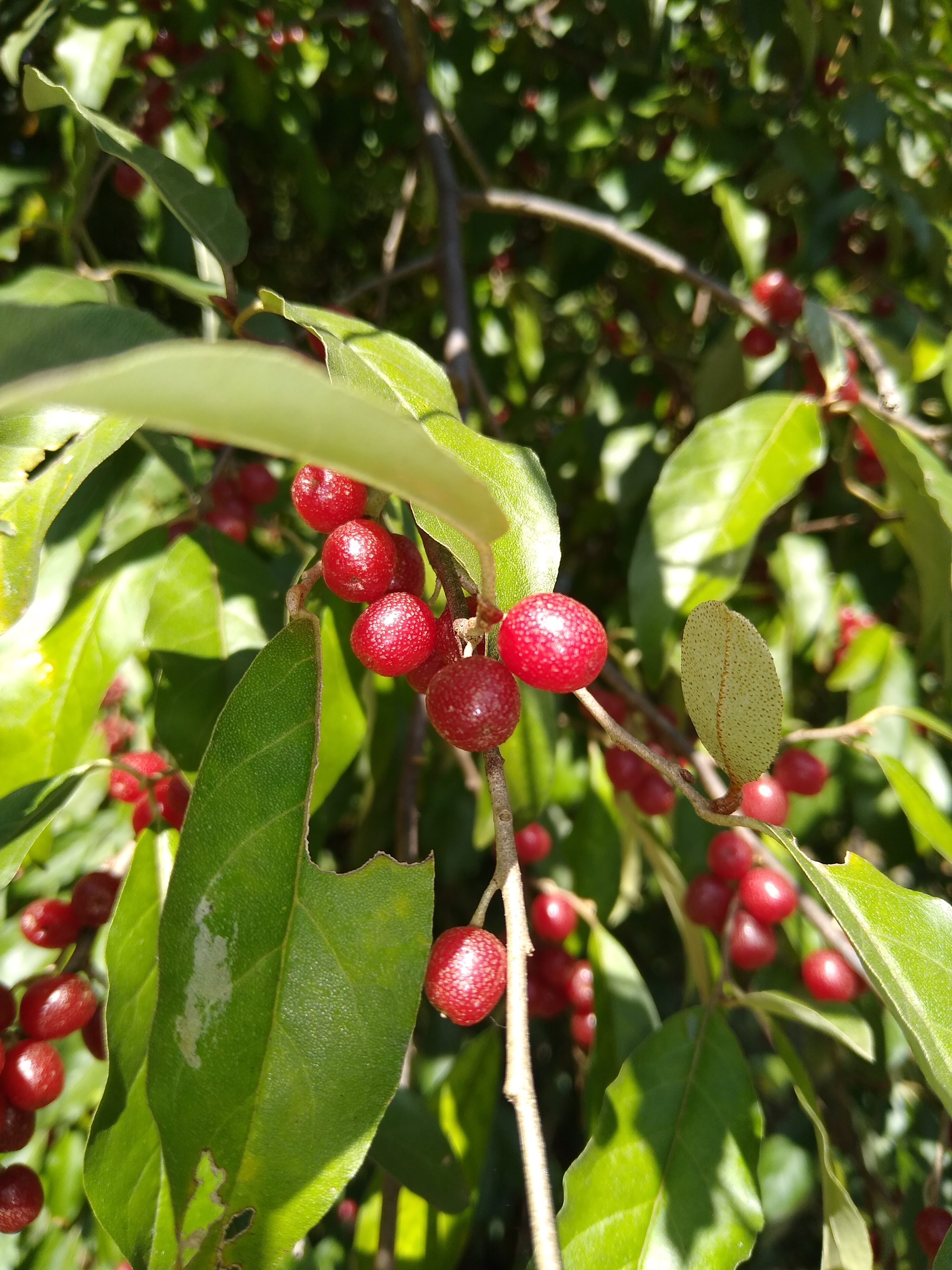
Invasive species can be prolific fall fruiters. The sweet, red, silver-dotted berries of autumn olive (Elaeagnus umbellata) have been found to be less nutritious for local birds than fruits of native plants. The birds don’t seem to care. Like kids eating Skittles, they gorge on autumn olive fruits and “plant” them everywhere. As a result, the shrubs are a forest understory and field pest throughout much of the state.
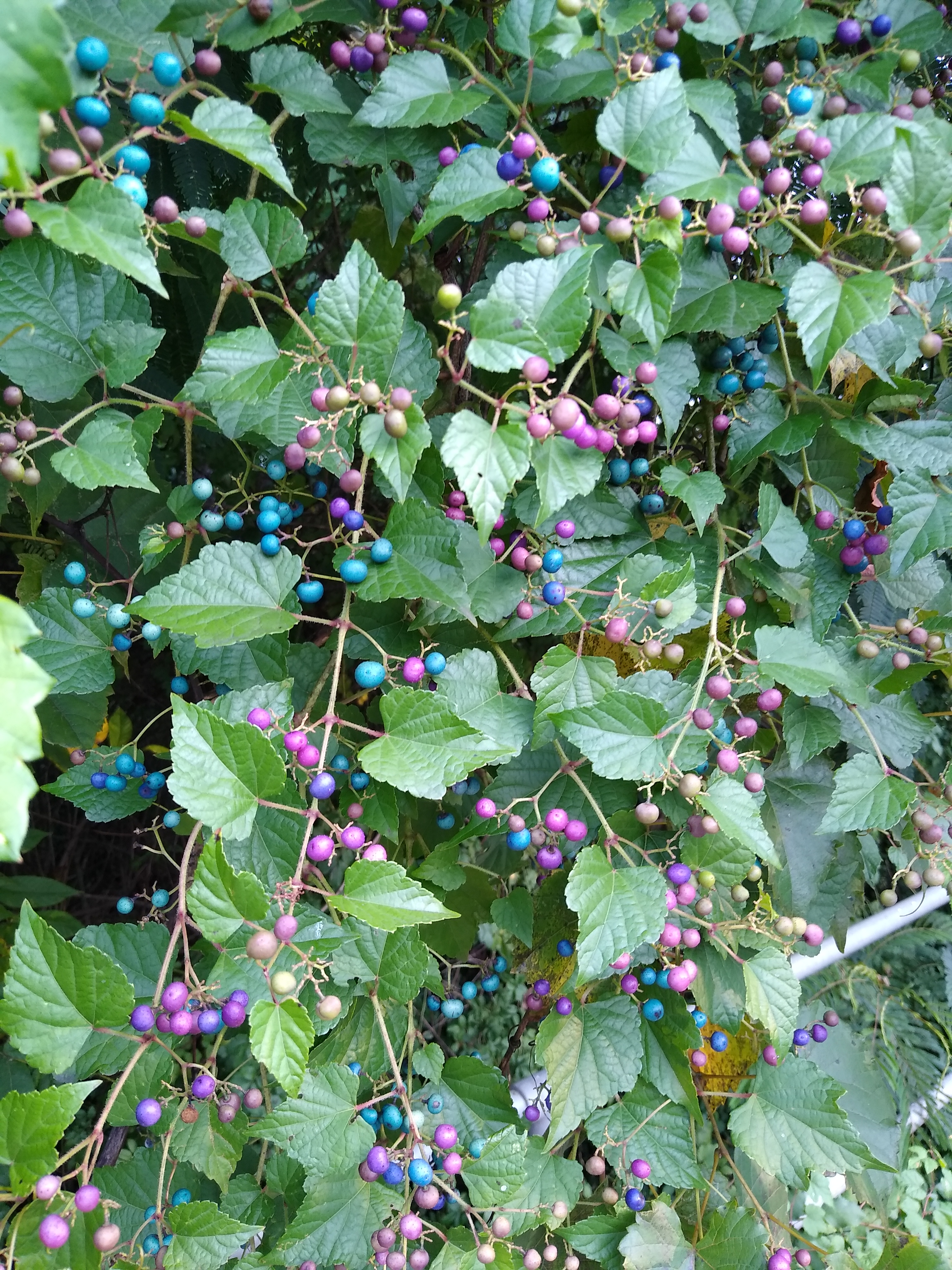
Porcelainberry (Ampelopsis brevipedunculata) is an invasive that produces some truly hard “soft” mast. Tough and inedible to humans, the fruits are arguably among the most beautiful you’ll see, displaying a range of green, white, blue and shades of purple, often in one cluster. But make no mistake, this vine is bad news. It has an aggressive sprawling and climbing habit that rivals kudzu, easily covering trees with its dense foliage. Its resemblance to wild grapevines has probably contributed to its alarming spread in some parts of Virginia. By the time you realize those aren’t grapes, you may have a serious problem!
Not all weeds are exotic; some are Virginia natives that benefit wildlife despite having traits we hate. Take pokeweed (Phytolacca americana), a hulking native perennial that’s toxic to eat and has irritating sap. That doesn’t stop birds from loving the berries. If you’ve ever found bright fuchsia bird droppings on your car, thank pokeweed. Poison ivy (Toxicodendron radicans) is another “weed” with toxic fruit that birds can eat without consequence. The berries are white and waxy when ripe, a contrast to the foliage that makes the plant quite lovely, if you can be objective about it.
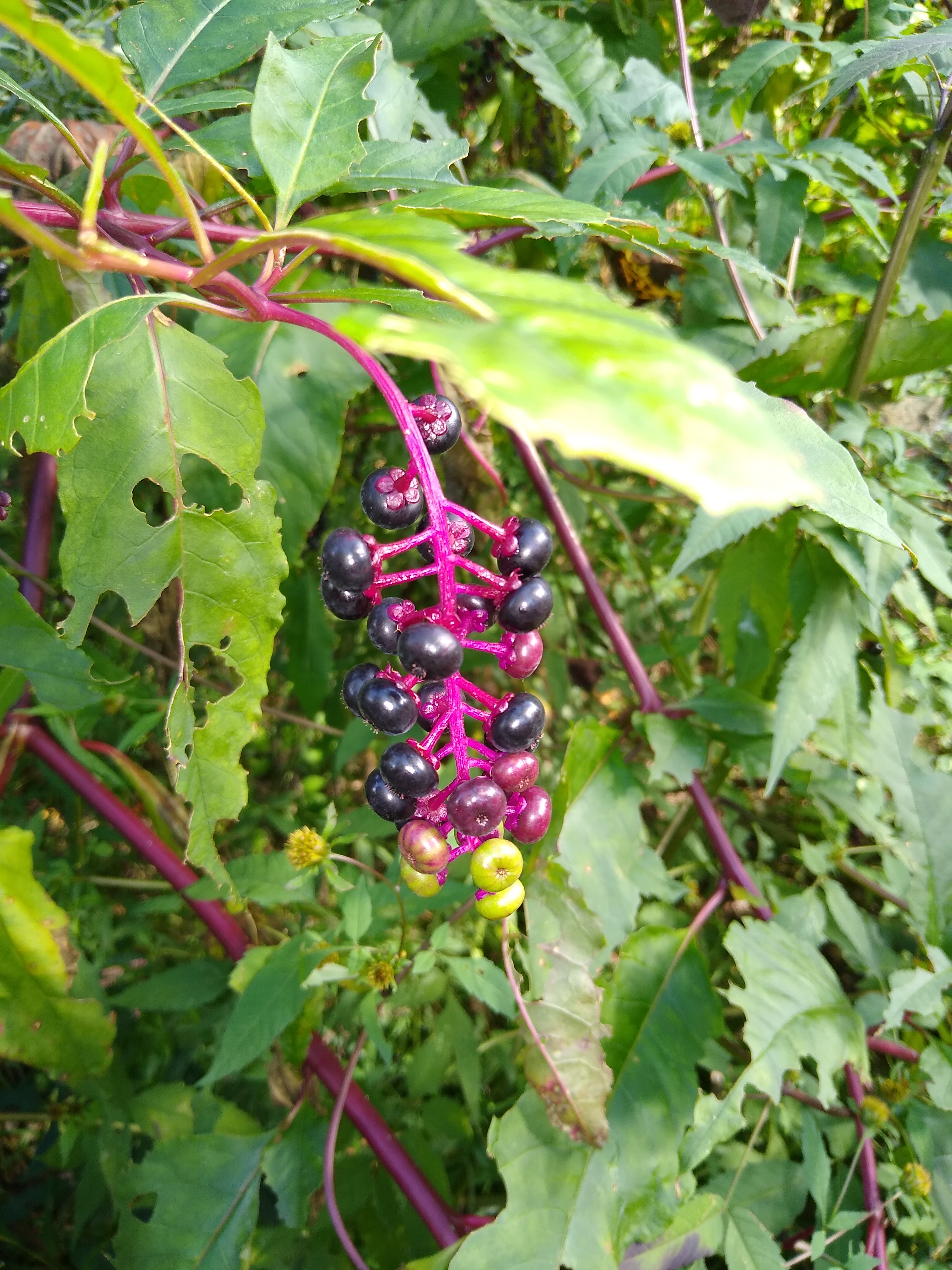
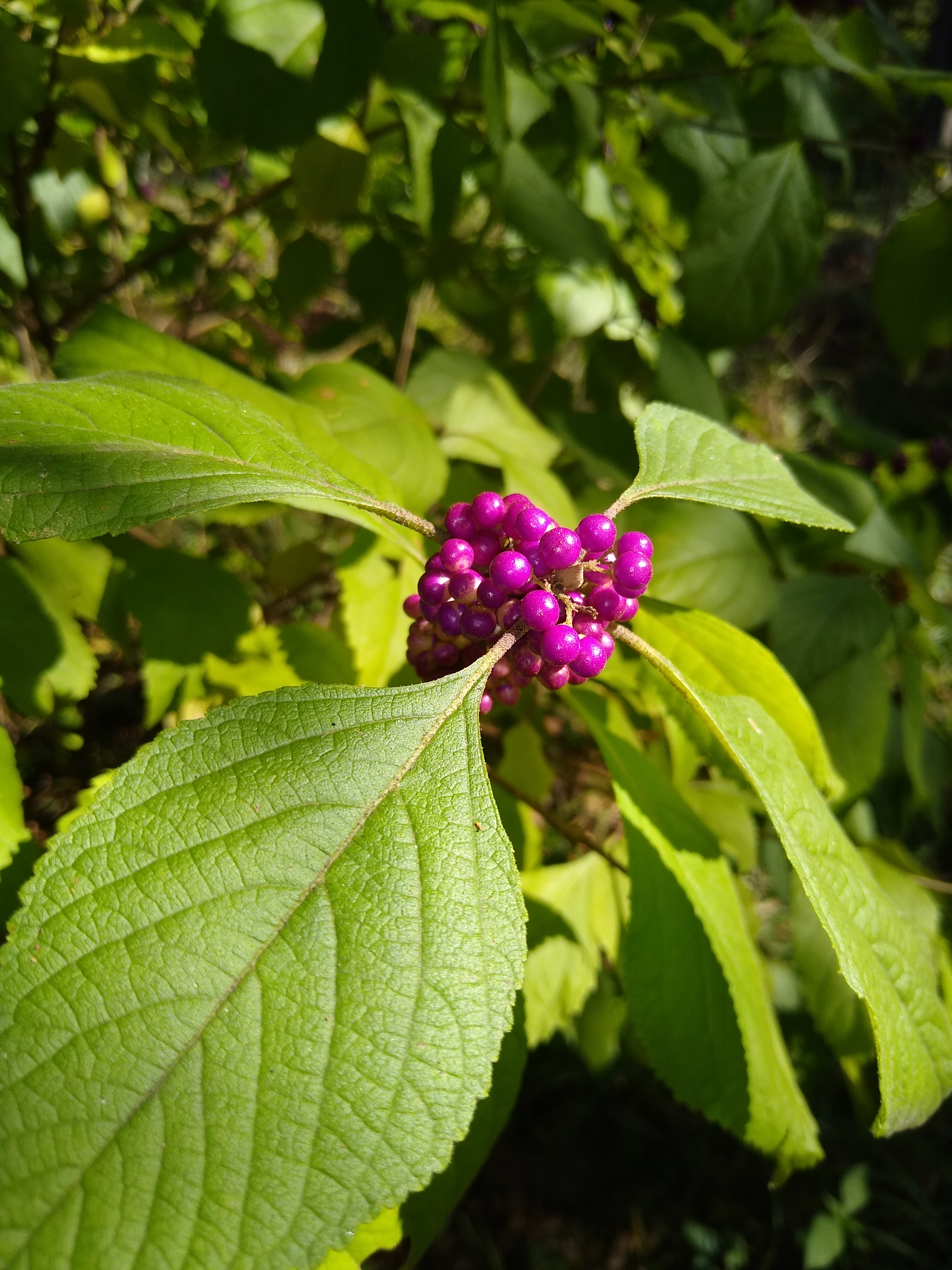
In eastern Virginia, you may encounter a berry that’s so shockingly colored you’ll think it must be an ornamental gone wild. If so, you may be looking at American beautyberry, Callicarpa americana. This species has been exported all over the world for its striking purple fruit. Hopefully our native hasn’t become invasive for anyone else.
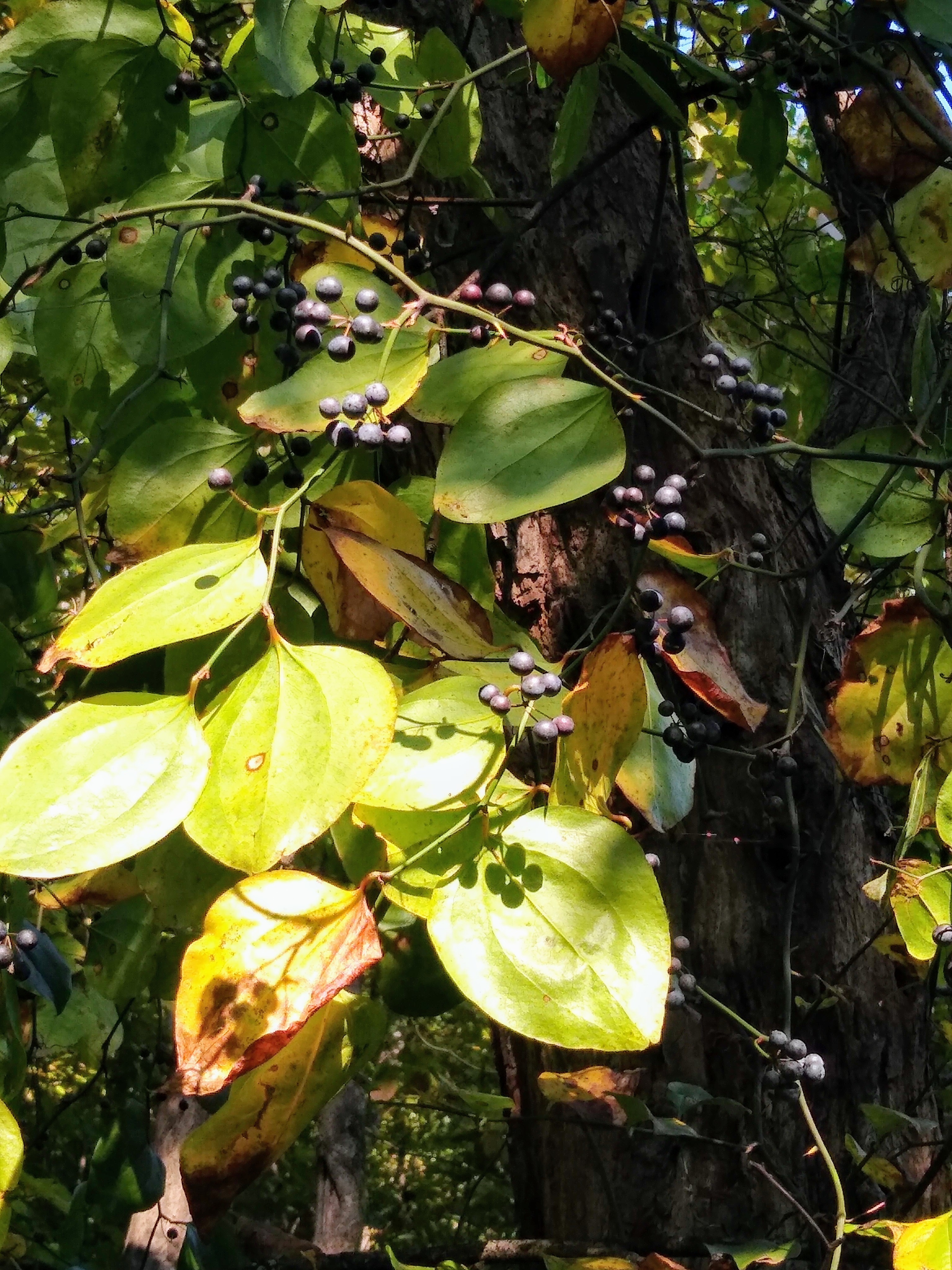
Some fall-fruiting natives give wildlife a two-for-one benefit: they provide both soft mast and winter shelter. Greenbriers (Smilax species) are evergreen to semi-evergreen. They produce a shiny black fruit eaten by many birds, and their dense thorny growth provides a place for birds to roost, safe from predators. Eastern redcedar (Juniperus virginiana) has frosty blue fruits and thick evergreen boughs that provide thermal cover, especially during winter storms.

When you’re outdoors this month, take a close look for the fruits of fall. They may be small, but they provide a spectacular autumn color show of their own.

Tags: Fall, Fruit
Category: Education, Public Information
